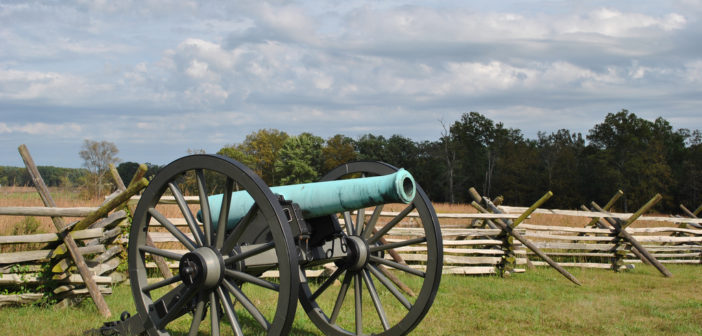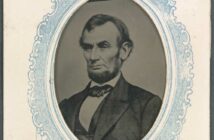It was the third summer of the war. Except for several fathers, sons and brothers having enlisted in the Union Army and engaged in battles in far-off Virginia, the war had been on the periphery of the thoughts of the 2,400 citizens in the small town of Gettysburg.
However, by mid-June 1863, rumors of closer conflict circulated among the populace of the small agricultural and transportation community located but a few miles north of the Mason-Dixon line.
By the third week of June, the rumors became more factual as Confederate forces crossed the Potomac River into neighboring Maryland. Was this, perhaps, a repeat of the Confederate Army’s incursion into Maryland the previous fall which culminated in its repulse at the Battle of Antietam? Or was this something more?
By the fourth week of June, the situation had become more sharply defined. Two-thirds of a 60,000-man Confederate Army had taken camp in the area of Chambersburg, a scant 20 miles to the west of Gettysburg, just beyond South Mountain. The remaining one-third had marched northward along the Cumberland Valley and was in Carlisle area and the state capital at Harrisburg.
With the rebel army so close to Gettysburg, the citizens of the town must decide what should be done. These were days of uncertainty. What of the families, their homes and their possessions? What of the merchants and their goods, the banks and their holdings? Was it time
to flee, or should they stay and see the coming conflagration through to its conclusion?
On June 30, the issue was decided. Union cavalry, screening the forward movement of the Union Army in search of the invading Confederates, entered Gettysburg and occupied the ridgelines west and north of town. The following day, July 1, elements of the Confederate Army advanced toward Gettysburg and the Union forces stationed there.
The meeting engagement between two smaller portions of two larger armies on July 1 evolved into a full-scale battle during the next two days, involving 160,000 soldiers and 72,000 horses.
The end result of the battle for the Union was a significant victory, which did much to bolster flagging Northern morale at the mid-point of the war. For the Confederates, the battle was a significant defeat with the loss of irreplaceable manpower. Between the two armies, 7,700 men were killed outright in the battle. More than 30,000 men were wounded, one in seven of whom would succumb to his wounds within three weeks of the battle.
Yet the war would go on for nearly two more years after Gettysburg, a testimony to the fortitude and strongly held convictions of the battles’ surviving participants.
The preserved battlefield today remains hallowed ground from a chapter of American history which did much to shape our national character. The Soldiers’ National Cemetery servesas the final resting place for more than 3,500 participants of the battle.
Today, more than 400 Civil War cannons stand as silent sentinels among the monuments and historical markers which tell the soldiers’ stories. Continued interest in the battle is exemplified by the tens of thousands of visitors who come to Gettysburg each year to bear witness to what happened here.




